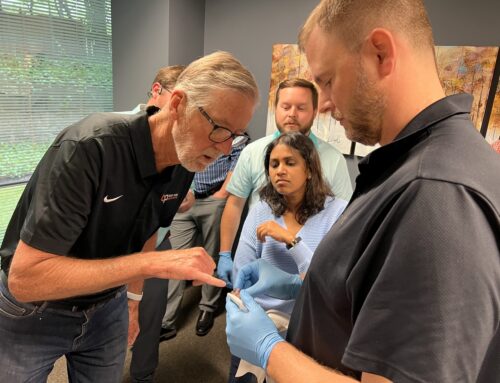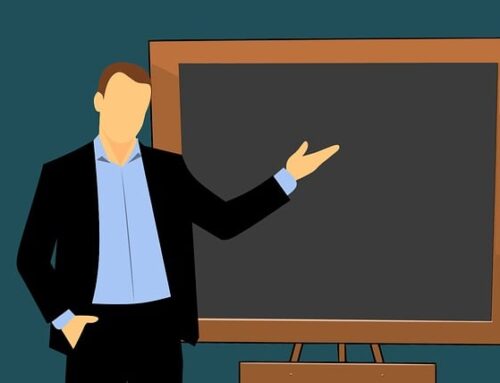We have some exciting news. Are you interested in learning more about craniofacial pain and dental sleep medicine? Well, you’re in luck because we have a new hands on and didactic maxi-residency in craniofacial pain and dental sleep medicine. The first session of this four-part residency begins October 13 at Tufts University!
The dates
If you sign up for this residency, there will be four sets of dates for you to remember. But don’t worry, this isn’t all in one week. This residency actually meets one weekend a month for four months. Here are the dates and times:
- Session 1: Hybrid in person or virtual on Friday, October 13 and Saturday, October 14 beginning at 8 a.m. each day.
- Session 2: In person November 10 and 11 beginning at 8 a.m. and ending at 5 p.m. both days.
- Session 3: This hybrid class will be either in person or virtual on December 8 and 9 at 8 a.m.
- Session 4: For the last session, we will meet in person January 12 and 13 at 8 a.m.
Please note that the virtual option is available for in person modules upon request. But remember, in person sessions focus on hands-on workshops that will not translate to a virtual format. Please reach out to the Office of Continuing Education.Lifelong Learning for more information at dentalce@tufts.edu. Register here.
Importance of this topic
Dentists and their care teams are uniquely positioned to screen for sleep apnea and craniofacial pain because they are trained to evaluate the entire patient. On top of that, dentists see their patients at least twice a year, so they can recognize traits, characteristics and behaviors that may predispose patients to various systemic conditions.
Additionally, there are about 1 billion people in the world between the ages of 30 and 69 who have obstructive sleep apnea (OSA). The prevalence of OSA continues to rise and affect all countries, especially as it is driven by an increase in obesity, which is a major risk factor for sleep apnea.
Now, for craniofacial pain, this condition appears to occur in about 10% of the adult population with women affected two times more than men. It is one of the most common causes of chronic pain after back, neck and knee pain. Yet while acute pain the craniofacial pain area is often tooth-related, chronic craniofacial pain is most commonly related to musculoskeletal disorders such as temporomandibular joint disorders (TMDs).
So, any way that you look at it, sleep apnea and craniofacial pain are interrupting the lives of individuals across the globe. And as dentists, we are committed to providing our patients with relief from their conditions. That is why it is vital that dentists advance their education to learn more about dental sleep medicine and craniofacial pain in order to provide proper care. Don’t forget to register today before spaces fill up!






